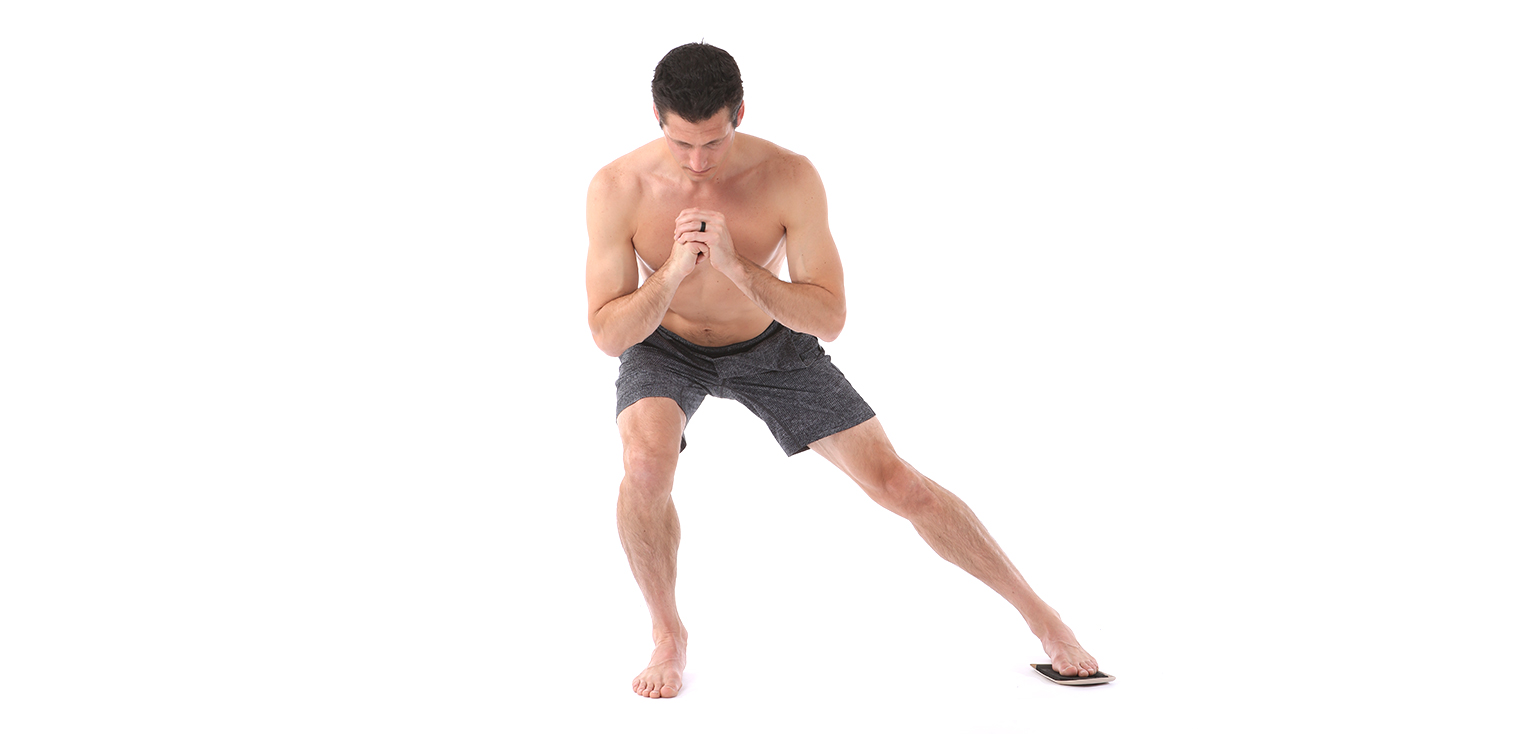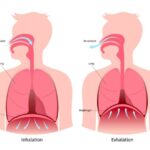In previous blog posts, I have discussed why posture matters and defined and outlined pragmatically optimal sitting posture and standing posture. I also outlined how these postural strategies relate to ergonomics. In this blog we will address fundamental movement strategies that are based on principles that can be applied in many different situations. These principles are called the CoreFirst® Strategies and were developed by Vicky Saliba Johnson. The CoreFirst® Strategies are:
- Base of Support
- Alignment
- Automatic Core Engagement
- Weight Shift
- Weight Acceptance
Read on to learn more about how these principles can be applied to enhance your movement and to allow you to access the strength that is inherent to your system!
Optimal sitting alignment over an efficient base of support
Many people do not sit in a way that is balanced in relation to gravity. Therefore, there is undue effort and stress placed on the spine to attempt to find balance. Alignment is important, but it is secondary to an efficient base of support. When we build a house or a building, we start with the foundation, the base first.
The key points here are:
- Identify your optimal alignment that is not too slouched and not too tall.
- Align yourself over your pelvic floor – on the front end of your sit bones and back edge of your pubic bone.
- After the spine is aligned over the pelvic floor, fine-tune shoulder blade and neck position and use ‘kick-stand’ to help maintain this position.
Weight shift with optimal weight acceptance – sit-to-stand
The term ‘weight shift’ means transferring your weight from one base of support to another. In this case, we are shifting the weight from the pelvic floor to the feet. Weight acceptance is the continuation of our weight shift where there is a complete engagement of the new base of support. Effectively accepting the weight into our legs reinforces optimal alignment, core function, and ultimately offloads the spine.
The sit-to-stand motion is complete when all components of the chain – ankles, knees, hips and spine – simultaneously complete the transition to become vertically aligned.
The key points here are:
- Hip hinging – allow the movement to occur from the hips only. Do not alter the position of your spine. Use a stick or golf club if needed to reinforce spine alignment.
- An exaggerated pressing of the lead leg into the floor to support your whole body. You should not feel like you need to effort from your back at all during this movement.
- Appropriate timing – the hips and knees should straighten and lock out at the same time. Do not extend from the spine.
Optimal standing posture
Most people stand in a way that adversely compresses particular segments in their spine. The inability to effectively transfer the weight of the upper body uniformly through the spine causes forces to accumulate in or isolate to specific vertebral segments in the spine. We call these areas mechanical stress points. These areas are often dysfunctional (stiff or loose), have increased muscle guarding, are frequently tender to touch or are reported to be painful to the individual while standing. This presentation is indicative of an inflammatory process which is an expression of the fact that the region is being loaded sub-optimally and is at risk of premature breakdown relative to other structures and segments.
Optimal alignment starts with an appropriate base of support and vertically aligned body segments. This will enhance force transfer, core function, and diaphragmatic / breathing function.
The key points here are:
- Weight equal between big toe, little toe, and heel on each foot.
- Knees soft – not hyperextended.
- Pelvis relaxed and rib cage vertically aligned over pelvis.
- Shoulders down and back and head / neck in a neutral, comfortable position.
Weight shift with optimal weight acceptance in standing
In standing, we weight shift and weight accept whenever we transfer weight from one foot to the other. An effective weight shift and weight acceptance initiates from one base (foot) to load the other base (other foot) without altering the alignment. Most people do not do this effectively – they lose their alignment by leaning or side-bending or extending their spine while walking, loading, going upstairs, etc.
The key points here are:
- Start in stride stance with weight in back foot.
- Initiate forward momentum by pushing onto toes of back foot. As your weight progresses forward, push that front foot downward to accept the new weight.
Appropriate loading in standing
It is the responsibility of the spine to transfer force, not generate it. The responsibility of the base of support is to accept the load transfer of the trunk.
The key points here are:
- Start with the hands / arms on legs to offload the spine.
- Identify optimal spine alignment that is not too slouched and not too tall. Do not give effort from your spine.
- Practice passing weight back and forth between each foot, generating all force from the legs.
- The leg that you are moving towards (lead leg) should be pressing into the ground with exaggerated effort to offload spine and then initiate passing the weight back in the opposite direction.
- Continue to use one arm on the lead leg in order to offload spine while you unload the opposite hand. This is a great way to pick things up off the ground.
Lateral weight shifting in standing
Building off of weight shift and weight acceptance in standing, try doing this side to side. Push through the trail leg and engage the lead leg while performing a slight hip hinge to help counterbalance and accept weight through the lead leg. This is a fundamental skill necessary for sports involving multi-directional forces.
The key points here are:
- Push through the trail leg to load the lead leg. Shoulder, hip, knee, and foot should be aligned vertically over that lead leg
- Fully engage the lead foot into the floor (full weight acceptance) so that you are able to unload the trail leg without affecting the alignment of your system.
- Practice from a narrow width and increase the width as you are able.
Body Weight Squats – ‘Functional Squats’
This is a combination between a squat and a dead lift. The purpose is to train body mechanics for lifting, squatting, and other functional activities.
The key points are:
- Start with the hands / arms on legs to offload the spine.
- Identify optimal spine alignment that is not too slouched and not too tall. Do not give effort from your spine.
- Start pressing feet into the ground to take the weight off the spine. As legs engage, take arms off of legs. The arms were supporting the weight of the upper body, but now the legs are.
- As you stand, push with your quads and pinch with your glutes. The hips and knees should straighten and lock out at the same time. Do not extend from the spine.
Exaggerated lifting exercise – the ‘T-Rex Lift’
When people lift heavy things, they tend to have better body mechanics than when they lift light weights. But it is the repetitive lifting of smaller items that often leads to back pain and dysfunction. The ‘T-Rex lift’ is an exaggerated motor control exercise to place the emphasis on using the legs to do the work of lifting.
The key points here are:
- Get as close to the item as possible.
- Elbows stay against sides and bent to 90° – short arms minimize leverage.
- Maximize use of legs and minimize use of spine.
Whenever training new movement strategies, repetition is key. Practice these strategies frequently and, in time, these CoreFirst® Strategies will become second nature.
Please leave a comment and let us know how it goes!






